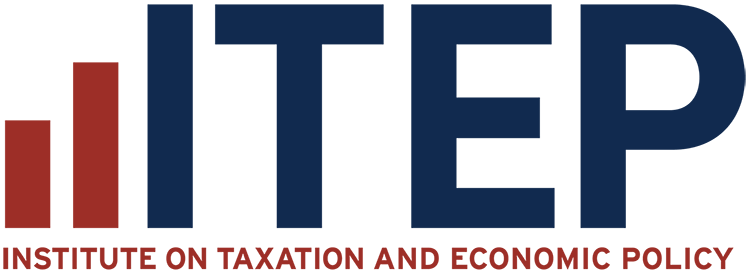In recent months, the Tax Foundation has used its Taxes and Growth Model (TAG Model) to estimate the impact that a variety of tax policy changes would have on the nation’s economy–including tax plans proposed by current presidential candidates.
The Tax Foundation describes the underlying “logic” of its TAG Model as being rooted in the assumption that “taxes have a major impact on economic growth.” More specifically, the TAG Model has concluded that proposals to lower taxes for high-income individuals and businesses would dramatically grow the economy, and that proposals to raise taxes would significantly slow economic growth.

